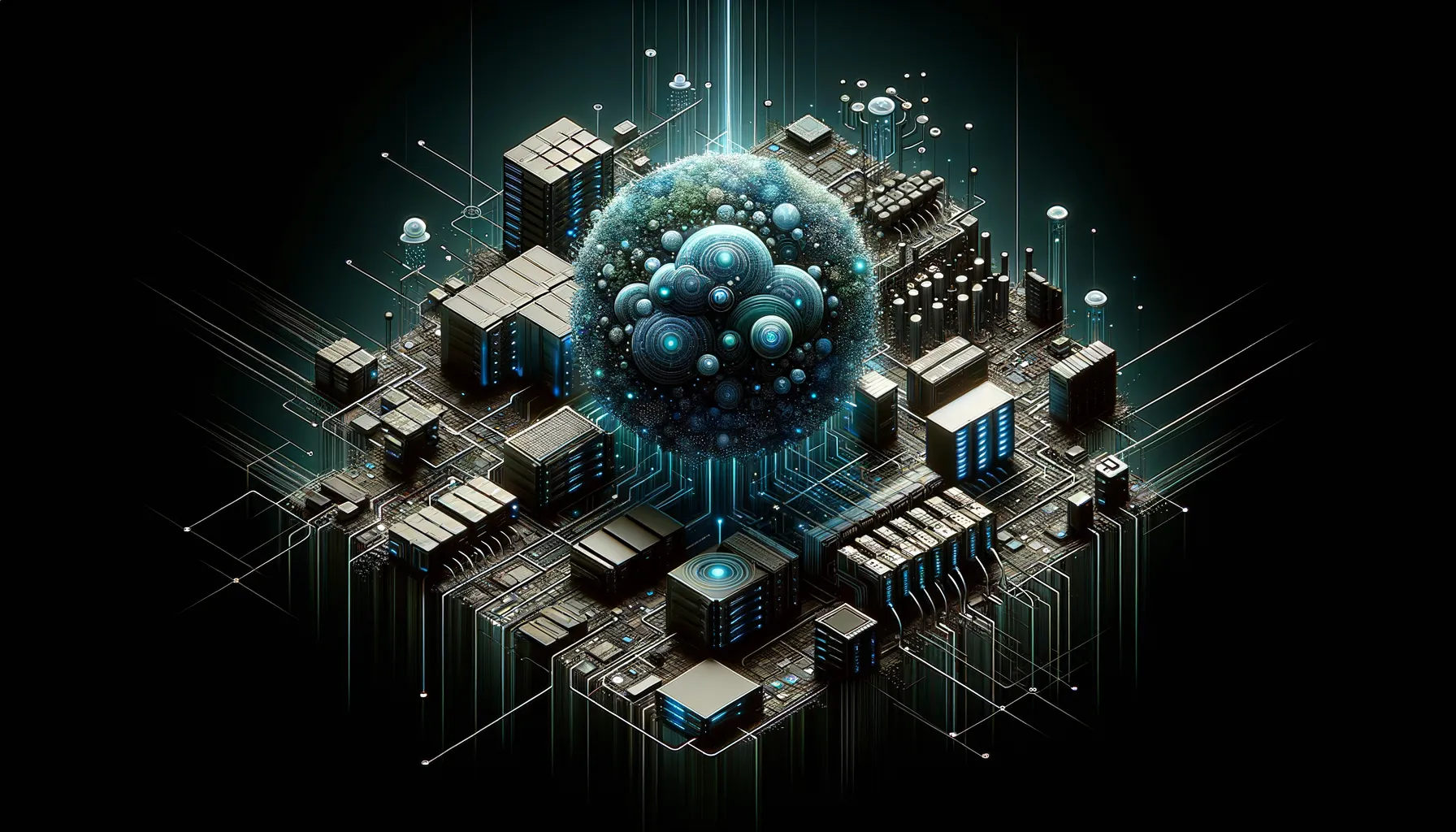Tuesday 21 January 2025, 10:21 AM
Exploring edge computing and its applications
Edge computing processes data near its source, reducing latency. It's key for IoT, enhancing speed and efficiency in applications like autonomous vehicles and smart cities.
Introduction
If you've been keeping up with the latest tech trends, you've probably heard the term "edge computing" tossed around. But what exactly is it, and why is everyone so excited about it? In this post, we'll dive into the world of edge computing, exploring what it is, how it works, and the various ways it's being applied across different industries. Grab a cup of coffee, and let's get started!
What is edge computing?
At its core, edge computing is a distributed computing paradigm that brings computation and data storage closer to the sources of data. Instead of sending all data to a centralized cloud (or data center) for processing, edge computing processes data at the "edge" of the network, usually right where it's generated. This proximity to data sources can significantly reduce latency and bandwidth use, leading to faster and more efficient data processing.
Why is edge computing important?
With the explosion of the Internet of Things (IoT) devices, we're generating more data than ever before. Think smart homes, wearable tech, autonomous vehicles—all these devices are constantly producing data. Sending all this information to a central cloud can create bottlenecks, increase latency, and strain network resources. Edge computing addresses these challenges by processing data locally, ensuring quicker responses and reducing the load on centralized data centers.
Key benefits of edge computing
Reduced latency
By processing data closer to its source, edge computing minimizes the time it takes for data to travel back and forth. This is crucial for applications where milliseconds matter, like autonomous driving or real-time analytics.
Bandwidth optimization
Not all data needs to be sent to the cloud. By filtering and processing data at the edge, only essential information is transmitted, conserving bandwidth and reducing costs.
Enhanced reliability
Edge devices can operate independently of the central cloud. So, even if there's a network issue, these devices can continue to function, ensuring uninterrupted service.
Improved security
Keeping data locally can reduce the risk of data breaches during transmission. Additionally, sensitive data can be processed on-site, adhering to privacy regulations.
Real-world applications of edge computing
Autonomous vehicles
Self-driving cars need to make split-second decisions. Edge computing allows these vehicles to process data from sensors and cameras in real-time without relying on remote servers. This immediate processing is vital for functions like obstacle detection and navigation.
Smart cities
From traffic management to energy consumption, smart cities rely on massive amounts of data. Edge computing enables local processing for applications like real-time traffic updates, environmental monitoring, and public safety systems.
Healthcare
In medical environments, devices like patient monitors generate continuous data. Processing this information at the edge ensures timely alerts and decisions, which can be life-saving. Moreover, it helps in maintaining patient privacy by keeping sensitive data within the facility.
Industrial IoT
Manufacturing plants use sensors and machinery that produce vast data streams. Edge computing aids in predictive maintenance by analyzing equipment performance on-site, preventing downtime and increasing efficiency.
Retail
Retailers are leveraging edge computing for personalized shopping experiences. In-store sensors and cameras can process customer behavior in real-time, enabling dynamic pricing, inventory management, and tailored promotions.
Gaming and augmented reality
For immersive experiences, low latency is key. Edge computing supports real-time rendering and processing, providing smoother gameplay and more responsive AR applications.
Challenges in adopting edge computing
While edge computing offers numerous benefits, it's not without challenges:
Infrastructure costs
Implementing edge computing can require significant upfront investment in hardware and infrastructure. Businesses need to weigh these costs against the potential benefits.
Management complexity
With distributed systems, managing and updating devices across various locations can be complex. Ensuring all edge devices are secure and up-to-date requires robust management strategies.
Security concerns
While keeping data local can enhance privacy, edge devices can be vulnerable to physical tampering or cyberattacks. Implementing strong security measures is essential.
Standardization issues
The edge computing landscape is still evolving, and there may be compatibility issues between different devices and platforms. This lack of standardization can hinder integration efforts.
The future of edge computing
As technology continues to advance, edge computing is poised to play an even more significant role. With the rollout of 5G networks, the capacity for faster data transmission complements edge computing's low-latency processing, opening doors to new possibilities.
Integration with artificial intelligence
Edge computing and AI are a powerful combination. Edge AI allows for real-time analytics and decision-making without relying on cloud-based models. This is particularly useful in fields like robotics, surveillance, and personalized services.
Expansion in remote areas
For regions with limited connectivity, edge computing can provide essential services without relying on stable internet connections. This can bridge the digital divide, bringing technology to underserved communities.
Environmental impact
By reducing the need for data transmission and centralized processing, edge computing can lower energy consumption. This contributes to greener technology practices and supports sustainability initiatives.
Getting started with edge computing
Interested in exploring edge computing for your business or project? Here are some steps to consider:
Assess your needs
Determine what data needs immediate processing and what can be handled centrally. Identify applications where latency is a critical factor.
Choose the right hardware
Select edge devices that meet your processing requirements. This could range from small sensors to more powerful on-site servers.
Implement security measures
Protect your edge devices with encryption, authentication protocols, and regular updates to guard against potential threats.
Partner with experts
Edge computing is a specialized field. Collaborate with professionals who have experience in deploying and managing edge solutions.
Conclusion
Edge computing is more than just a buzzword—it's a transformative approach that's reshaping how we handle data and interact with technology. By bringing computation closer to the source, we're unlocking new levels of efficiency, speed, and innovation. Whether it's powering the next generation of smart devices or enhancing critical infrastructure, edge computing is set to become an integral part of our digital landscape.
Thanks for joining me on this journey into edge computing. As technology continues to evolve, keeping an eye on these advancements will help us stay ahead of the curve. Who knows what exciting developments are just around the corner?

